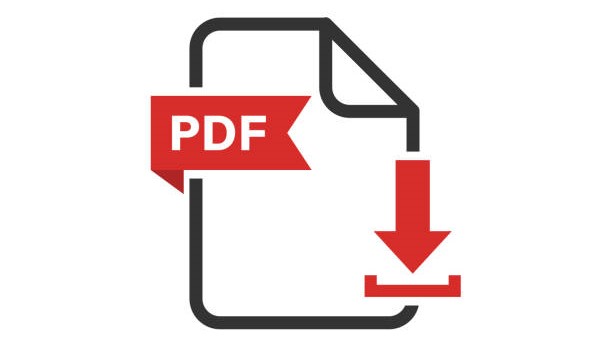Savings bonds are nonmarketable, small-denomination bills issued by the United States Department of the Treasury to enable individuals to participate in the financing of the federal government. Savings bonds can be purchased at banks, through the US Treasury website, or other facilities. Investors receive the return on their original purchase by cashing in savings bonds. They will need to know the bond series, have proper identification, and visit the correct banking or government facility. Beneficiaries of bondholders must submit additional documentation when collecting savings bonds from the decedent.
Savings bonds are issued in series, usually designated with a capital letter or two. EE and E bonds can be redeemed at most banks or other local financial institutions, up to a limit per session after they have been held for a minimum time. Larger amounts may be redeemed by mail or through a bank if the bondholder is a resident of areas affected by certain natural disasters. The bondholder must be known to the financial institution and have an open and active account for six months or provide photo identification, such as a driver’s license.
Series I bonds can be redeemed at local financial institutions, by mail or online. Bondholders must redeem bonds online if purchased online. E, EE and I bonds are subject to interest penalties if redeemed early. HH bonds are sent to the Treasury retail securities site by a local financial institution where the bondholder has a direct deposit account to receive the funds. Most of the remaining series of savings bonds must be redeemed at a Treasury retail securities site by mail or in person at a Federal Reserve Board regional office.
Cashing in savings bonds is indicated when the bond no longer earns interest, or very low interest rates apply and better uses of the funds are available. Other reasons that may require the collection of savings bonds include college expenses, unexpected costs or as a deposit or investment in a more valuable asset. However, no reason is required to collect savings bonds.
Bond owners generally specify one or more beneficiaries who will assume ownership of the bond in the event the owner dies before redemption of the bond. Beneficiaries collecting savings bonds from the deceased will need to present a death certificate and their documentation. The state assumes ownership of bonds from people who did not indicate a beneficiary or complete a will. US Treasury Direct provides helpful interest calculators and other information to help investors cash in savings bonds.
How do I determine the value of savings bonds?
The hard part about calculating the value of savings bonds is that they earn interest monthly, and the interest rate can change frequently. Depending on the type of bond, there may be two rates used to determine the compound rate: a fixed rate and an inflation rate. As a result, you may need to set up a complex algorithm to determine the true current value of the link. A simplified version of the formula would be similar to the following.
From the month issued, calculate the value of the bond. For example, suppose you bought a savings bond in January 1981. To determine the value of the bond in February 1981, you would calculate: ([initial value] x [monthly interest rate]) + [initial value] = [value for February ] Repeat for each month up to the present. This can be quite tricky when you need to calculate the value of a 30-year bond, particularly as the interest rate often changes from month to month, but you can set up a spreadsheet to do all the calculations if you know the interest rates.
Once you’ve calculated the current value, remember to subtract any early redemption penalties. Some savings bonds have an expiration date. When you try to redeem the bond before this date, you can be penalized several months of interest. Also keep in mind that you may have to pay income taxes when you redeem certain savings bonds.




